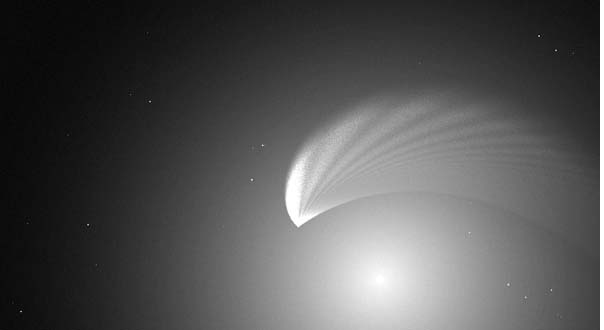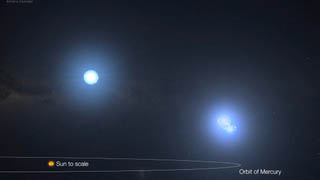The once-in-160,000-year comet G3 ATLAS will shine like Venus next week!

The brightest comet in nearly 20 years — Comet G3 ATLAS (C/2024) — is expected to reach its peak brightness late this week or early next week.
The only question is: “Will you actually be able to see it?”
This celestial paradox belongs to Comet 2024 G3 (ATLAS), which was first spotted on April 5 last year in images obtained by the Asteroid Terrestrial-impact Last Alert System (ATLAS) survey with a 0.5-meter (19.7-inch) reflecting telescope located in Rio Hurtado, Chile. At the time of discovery, the comet was 407 million miles (655 million km) from Earth and shining at an extremely faint magnitude of +19. That’s about 158,000 times dimmer than the dimmest star visible to the naked eye. The preliminary orbit of this comet indicated that it was scheduled to pass exceptionally close to the sun in mid-January 2025, at less than 9 million miles (14 million km); only one-quarter the distance of Mercury, the closest planet to the sun. However, these preliminary calculations also suggested that G3 ATLAS was a new comet coming directly out of the Oort Cloud, a vast bubble made up of countless billions of icy bodies that surrounds our solar system, located perhaps 10 trillion miles (16 trillion km) from the sun. Small sun-bound comets emerging from the Oort Cloud, making their first approach to the sun, often disintegrate before reaching perihelion (their closest approach to the sun). But after refining G3 Atlas’ orbit, it was determined that it was in fact a dynamically old comet, having made at least one close approach to the Sun, with an orbital period of about 160,000 years. This raised hopes that – having made close approaches to the Sun before – the comet might survive its imminent close approach and possibly put on a dazzling display after the start of the new year. Unfortunately, to date, G3 Atlas’ projected path has only been in favour of those living in the Southern Hemisphere. Practically the entire projected path of this comet passes through constellations south of the celestial equator. For those living in the Northern Hemisphere, the comet’s path over the past month has taken it through the southern constellations of Lupus and Scorpius, and it currently resides in Sagittarius. This means that for observers north of the equator, the comet lies very low on the southeastern horizon and is always hidden from the glow of the bright morning light.





